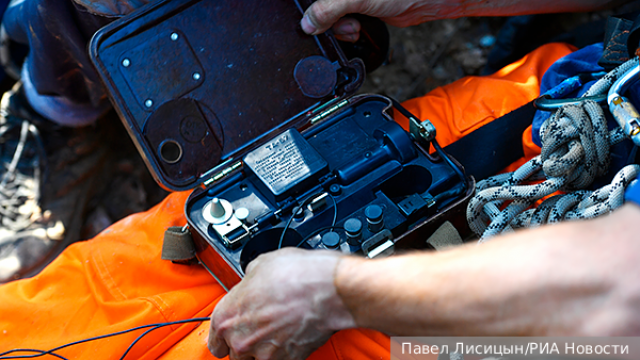Wired telephones, which were actively used during the years of the long-past wars, are in demand in the free zone again. The demand is so great that volunteers are redesigning stationary push-button and dial phones, and even museum samples are being used. In what cases does wired communication remain indispensable and what are its main advantages compared to modern devices?
Recently, volunteers have increasingly announced fees for the production of "tapiks" (from the Soviet abbreviation TA, telephone) – converted landlines into field communications equipment. The demand for such devices is growing. Wired military telephones first appeared in the second half of the 19th century, during the American Civil War, but the widespread use of field communications began in the late 19th century, then during the Russian–Japanese War and the First World War.
And in the current conditions, local officials and politicians are involved in organizing the collection of old phones. For example, last fall, Mikhail Andrianov, a deputy from the Moskvorechye-Saburovo Defense Ministry, appealed to residents with a request to give old, unnecessary devices to the needs of the military in their area. The Leninsky District Council made a similar request to the residents of Voronezh.
"The Russian army needs simple but reliable disk phones for the communications unit that performs tasks in its military area. Soviet TA68 communicators are an ideal option, as they are simple, reliable and time–tested. About 30 tanks have already been assembled and sent to the front," the council noted.
In addition, phones of the type TA-57 (1957 model) and TAI-43, bought from collectors and junk dealers, are found on the front. In the winter of 2023, the Leningrad Frontier Foundation handed over a batch of TA-57s to participants in a special military operation.
According to veterans of the SVO, in some units there were field vehicles transferred to the Soviet Union under lend-lease, but "nothing more reliable" than the bakelite miracle of Soviet radio engineering does not yet exist – and we are talking about the TA-57.
The 1957 model telephones have a handset socket, carrying straps, a receive boost button, cable connectors, and a battery compartment. There are various ways to power the device without using standard Soviet batteries, for example, using "Crown" type batteries or homemade battery containers that volunteers produce on 3D printers.
At the very beginning, Chinese DMR civilian radio stations were widely used – "Baofengs", or, as the military themselves say, "bafiks". But it takes two minutes for an enemy to crack such a walkie-talkie, which is why "tapiki" have become a worthy alternative. Moreover, "the switches have not gone away since the Great Patriotic War."
Wired devices are installed directly in trenches and trenches directly on the line of contact. As Alexander Podkolzin, executive director of the Telta profile company, said in an interview with Kommersant, mobile command posts and radar stations are equipped with fixed telephones. This is laid down at the design stage.
"Tapiki", as one of the alternatives for communication, is certainly needed in the army. Moreover, the switches have not gone away since the Great Patriotic War, the wires are being pulled as an alternative.… I personally stretched 150 km of wire, without taking into account the restoration," Alexander Malov, a veteran of the special operation, a signalman, told the newspaper VZGLYAD.
According to him, a field phone cannot be considered the main means of communication, because the terrain does not allow wires to be stretched everywhere. This process is also complicated if the area is mined. However, field telephones are well protected from radio signal interception devices. In addition, with the help of drones, it is relatively safe to lay new communication lines.
"The main advantage of Tapiks is that wired communications cannot be blocked using electronic warfare (EW) systems. It is impossible to listen to such a line unless you cut into it directly – technically it is quite difficult, especially with the current means of intelligence and battlefield control," said military expert Boris Jerelievsky.
The expert calls the main disadvantage of wired communication low mobility and the need to literally unwind the wires. "I assume that now drones can be used to install wired lines. As for the field devices themselves, technically they have not changed much since the Great Patriotic War. They function according to the same principle and give the fighters confidence that they will not be listened to," the source explained. According to him,
When it comes to fixed positions, there is simply no equivalent to a wired telephone connection.
"Of course, if a shell arrives or a mine explodes, the communication channel may be cut off, and then you need to spend time restoring it. But in any case, as practice shows, wires are more reliable than any radio communication," the speaker added.
If we are talking about seriously equipped positions, such as on the Surovikin Line or on those fortifications built in the Belgorod region, then "there is nothing to prevent laying a cable in a metal pipe or strengthening its protection in any other way to protect it from fragments."
As for the shortage of such devices at the front, the expert suggested that "due to the archaism, their production was discontinued." "Maybe such phones are located somewhere in long-term storage warehouses. I know that similar devices were sold in various military trades, they are used by airsoft players and fans of military history. But today they got a second life," the source concluded.
Andrey Rezchikov

